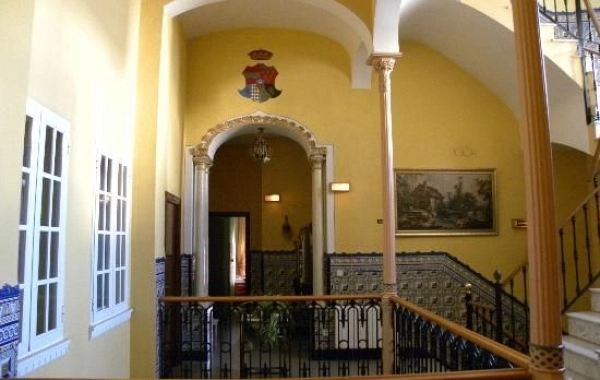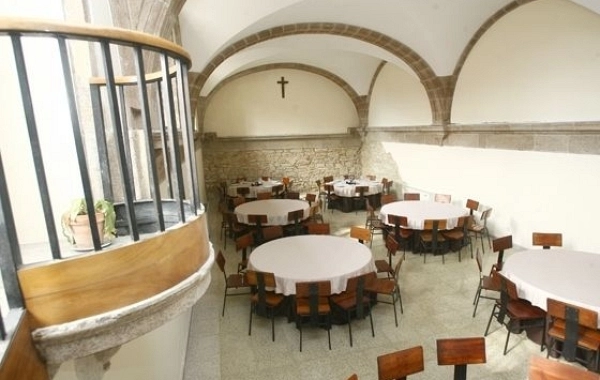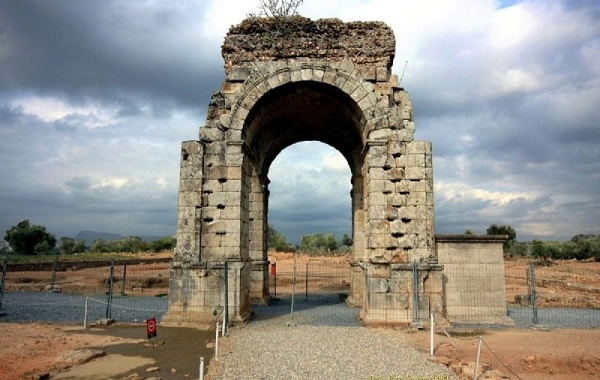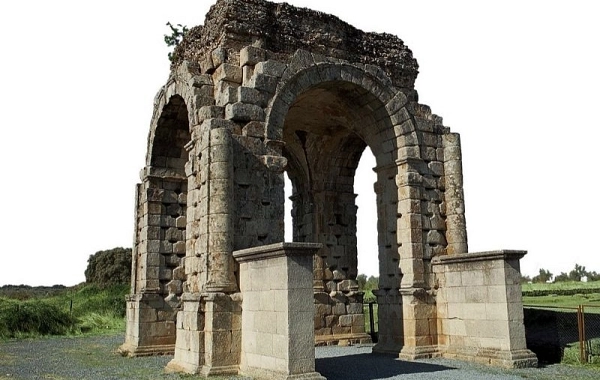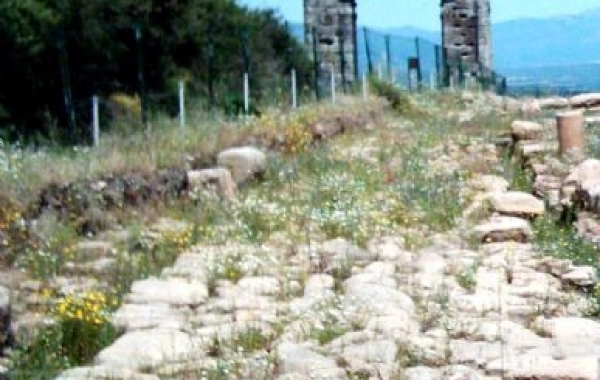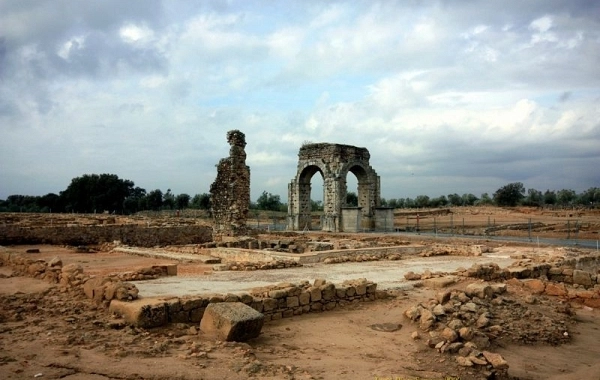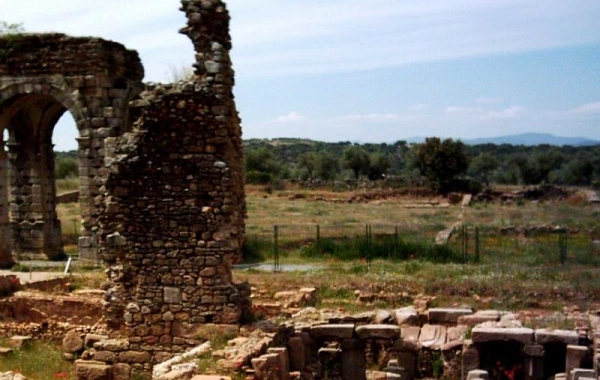VP14 - Galisteo - Cáparra - 29,5 km
Distance30 Km.Related packages
Stage from Galisteo to Cáparra: A Historical Journey on the Camino de Santiago
In this stage of the Camino de Santiago, pilgrims will have the opportunity to explore some of the most emblematic sites of the Vía de la Plata. Starting from Galisteo, the route takes us through picturesque villages, ancient Roman ruins, and a unique natural landscape. Below, we detail each step of the path.
Leaving Galisteo: The Medieval Bridge over the Jerte River
We begin our journey in Galisteo, crossing the medieval bridge that spans the Jerte River. This bridge is one of the first landmarks of the stage and offers a perfect opportunity to admire the beauty of the surroundings.
Heading to Aldeanueva del Jerte
After crossing the bridge, we continue on the path towards Aldeanueva del Jerte, a small village that is part of the route. Upon passing through the village, we continue on the road towards Carcaboso, a stretch that takes us through the characteristic rural landscape of the region.
Arrival in Carcaboso: Milestones and the Church of Santiago
In Carcaboso, we will find several recovered milestones, a testament to the historical importance of this Roman route. These monuments are located near the church dedicated to Santiago, a place of great significance for pilgrims. Here, the Camino invites us to make a brief stop to admire these archaeological remains.
The Quadriform Arch of Cáparra
As the path narrows, we approach one of the highlights of this stage: the quadriform arch of Cáparra. This spectacular Roman monument marks the end of today's journey and is one of the most iconic images of the Vía de la Plata.
Cáparra: An Archaeological Treasure on the Camino de Santiago
Cáparra was a strategic Roman city that played a key role as a mansio on the Vía de la Plata. The settlement existed long before the Romans arrived, but after their invasion, Cáparra became an important administrative and commercial center. During the Roman era, the city had an amphitheater, a forum, baths, and infrastructure that facilitated the passage of travelers along this historic route.
History of CáparraAfter the fall of the Roman Empire, Cáparra continued to be inhabited during the Visigothic and Arab periods, though its importance gradually declined over time. Despite its abandonment in the 19th century, the site still retains significant archaeological remains, with the quadriform arch being the main vestige of its grandeur.
Stages
- VP01 Sevilla - Guillena , 22 km
- VP02 - Guillena - Castilblanco de los Arroyos - 19 km
- VP03 - Castilblanco de los Arroyos - Almadén de la Plata - 29,5 km
- VP04 - Almadén de la Plata-Monesterio - 34,5 km
- VP05 - Monesterio-Fuente de Cantos - 21,6 km
- VP06 - Fuente de Cantos - Zafra - 24,6 km
- VP07 - Zafra - Almendralejo - 36,7 km
- VP08 - Almendralejo - Mérida - 29,6 km
- VP09 - Mérida - Alcuéscar - 36 km
- VP10 - Alcuéscar - Valdesalor - 25,7 km
- VP11 - Valdesalor - Casar de Cáceres - 22,8 km
- VP12 - Casar de Cáceres - Cañaveral - 33,2 km
- VP13 - Cañaveral - Galisteo - 28 km
- VP14 - Galisteo - Cáparra - 29,5 km
- VP15 - Cáparra - Baños de Montemayor - 28,5 km
- VP16 - Baños de Montemayor - Fuenterroble de Salvatierra - 32,9 km
- VP17 - Fuenterroble de Salvatierra - San Pedro de Rozados - 28 km
- VP18 - San Pedro de Rozados - Salamanca - 23,4 km
- VP19 - Salamanca- El Cubo de la Tierra del Vino - 35 km
- VP20 - El Cubo de la Tierra del Vino - Zamora - 31,6 km
- VP21 - Zamora - Montamarta - 18,5 km
- VP22 - Montamarta - Granja de Moreruela - 22,7 km
- VP23 - Granja de Moreruela - Benavente - 25,5 km
- VP24 - Benavente - Alija del Infantado - 22,1 km
- VP25 - Alija del Infantado - La Bañeza - 20,5 km
- VP26 - La Bañeza - Astorga - 24,2 km




